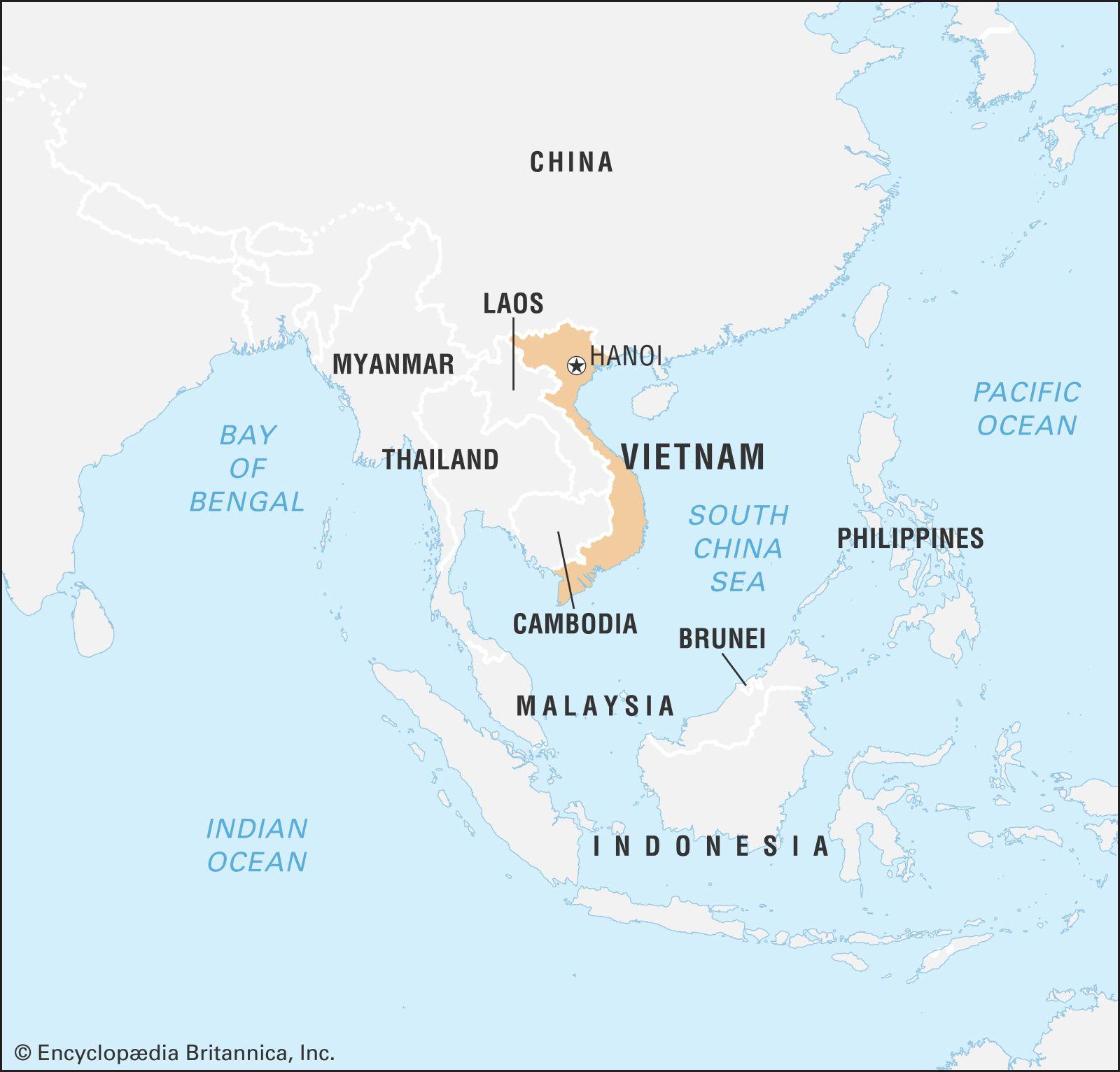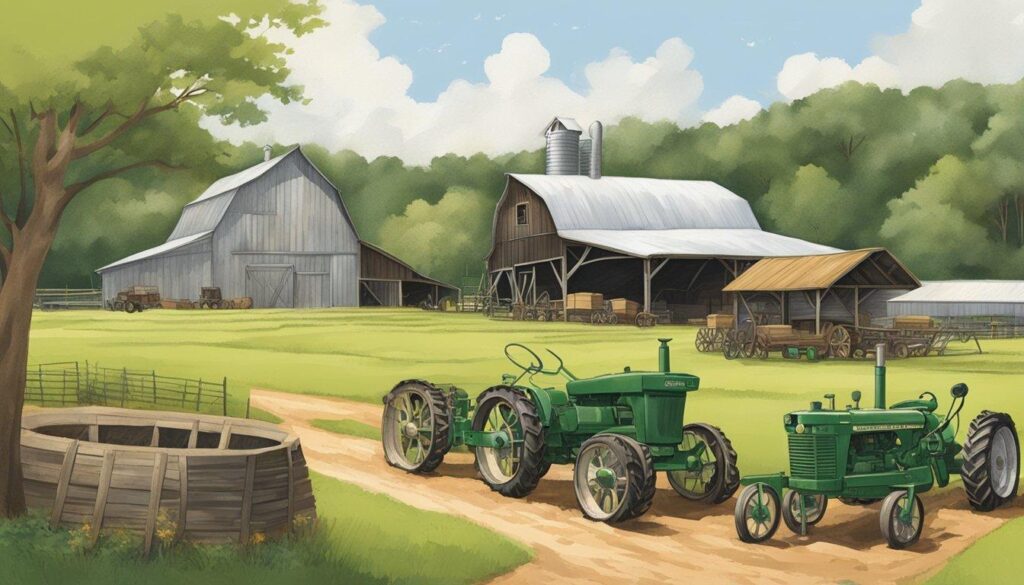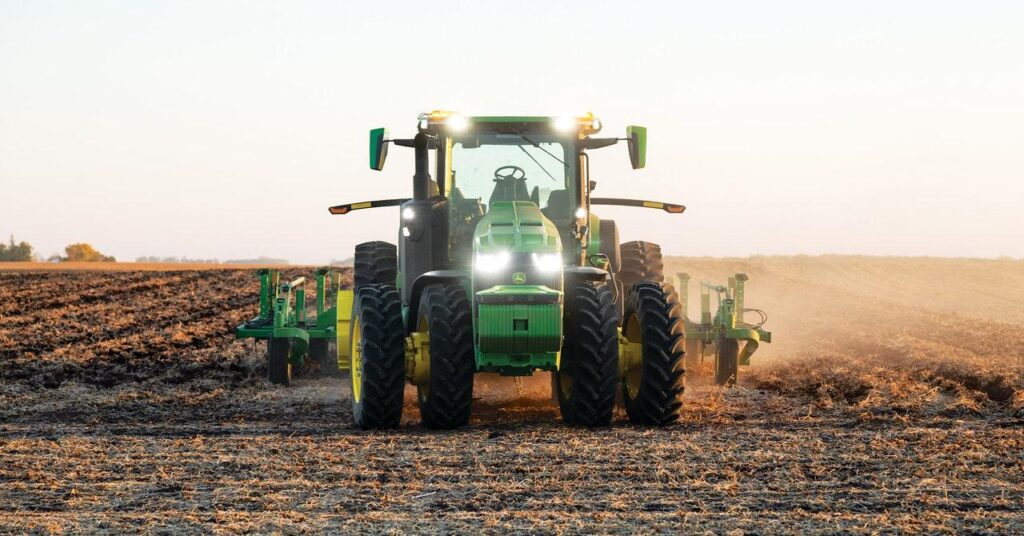The Vietnamese agricultural sector is undergoing significant modernization, wiht farm equipment playing a crucial role in this conversion. As the country continues to strengthen it’s position as a major agricultural producer in Southeast Asia, the demand for modern farming machinery adn equipment has seen notable shifts during 2023-2024. These changes are driven by several factors, including government initiatives to mechanize farming practices, increasing labour costs, and growing adoption of precision agriculture technologies. Understanding these market dynamics is essential for stakeholders in Vietnam’s agricultural sector, from equipment manufacturers to farmers and policy makers. The agricultural machinery sector in Vietnam has witnessed considerable growth during 2023, driven by increasing mechanization efforts and government support programs. Farmers are rapidly adopting modern equipment to enhance productivity and overcome labor shortages, with tractors and harvesting machines seeing especially strong demand.
Local manufacturers have expanded their production capabilities, focusing on smaller machinery suited for Vietnam’s predominantly small-scale farming operations. Japanese and Korean manufacturers maintain a significant market presence, offering advanced technological solutions adapted to local conditions.
Market data indicates a 15% increase in farm equipment sales compared to the previous year, with rice farming machinery leading the segment. Mini-tillers and compact tractors between 20-50 HP have emerged as preferred choices among small-hold farmers, accounting for 45% of total equipment sales.
Government initiatives promoting enduring farming practices have influenced equipment preferences, with precision farming tools gaining traction. Smart irrigation systems and drone technology for crop monitoring have seen increased adoption, especially in the Mekong Delta region.
The rental market for agricultural machinery has expanded substantially, providing smaller farms access to expensive equipment through cost-effective sharing models. This trend is expected to continue throughout 2024,with more rental service providers entering the market.
Looking ahead to 2024, industry analysts project a 12% growth in the farm equipment market. Key drivers include continued government support through subsidies, rising labor costs, and increasing awareness of mechanization benefits among farming communities.
Electric and hybrid agricultural machinery is gaining attention,though adoption remains limited due to infrastructure constraints.Several manufacturers are developing battery-powered equipment specifically for the Vietnamese market, anticipating future demand growth.
Import regulations have been streamlined to facilitate the entry of advanced farming equipment, while maintaining protection for domestic manufacturers. This balanced approach has resulted in healthy competition and technology transfer within the sector.
Rice transplanters and combine harvesters are expected to see strong demand in 2024,particularly in the northern regions where mechanization levels remain relatively low. Manufacturers are introducing models with improved fuel efficiency and reduced maintenance requirements.
The after-sales service network has expanded significantly, with major equipment suppliers establishing service centers in key agricultural provinces. This progress has boosted farmer confidence in adopting sophisticated machinery.
digital technology integration in farm equipment has become a notable trend, with GPS-guided systems and remote monitoring capabilities becoming standard features in new models. This shift reflects the growing sophistication of Vietnam’s agricultural sector and its alignment with global farming practices.










